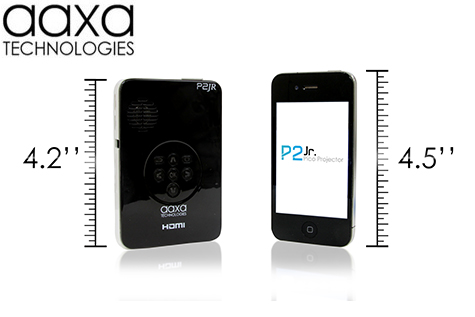If you’re a motorcycle rider then you’d know how we’re limited in sight and all the gadgets and things people cars play with on their drives to work. Well, now there are companies that are using pico projectors and using them in motorcycle helmets. All those cool movies where they show futuristic helmets that can tell you when you’re locked onto the enemy and ready to fire is now a reality!
Head-up Display (HUD) technology has been around for years. However, adoption has been limited due to performance, cost, and lack of connectivity. Well, things are changing – rapidly. We’ve reported on exciting new products from Kenwood and Pioneer aimed at automobiles. Now, HUD technology is starting to make its way into motorcycle helmets. You read that right – helmets.
Head-up Display (HUD) technology has been around for years. However, adoption has been limited due to performance, cost, and lack of connectivity. Well, things are changing – rapidly. We’ve reported on exciting new products from Kenwood and Pioneer aimed at automobiles. Now, HUD technology is starting to make its way into motorcycle helmets. You read that right – helmets.
Nuviz has started a Kickstarter campaign to raise funding to bring their technology to market. Seeking a modest sum of $185,000, Nuviz will use the funds to scale production. Backers of $479 will receive a complete unit to attach to their helmet, gaining access to all kinds of information, including navigation, various apps, and more! Nuviz utilizes LCoS microprojection technology, for the geeks that are interested in that type of thing (like us).
[PicoPros.com]
Here is another company thats bringing another HUD Helmet to the game!
Presto: 360-degree situational awareness for riders who are used to mainly seeing their elbows in the often near-useless rear view mirrors that come stock on most motorcycles. Plus, the helmet can pair with a smartphone (Android at this point) to add phone call, music playback functionality, and more if riders want it.
In this world of “an Internet of things” as Weller describes our now cellphone-centric e-lives, the P1 is unusual in that it’s a standalone device and does not need the connection to a smartphone to operate: the GPS, HUD, power supply, and the operating system (called Synapse) are all built into the helmet, which looks much like any high-end helmet on the market today and functions as a data hub rather than an accessory for a phone. Synapse operates via voice commands and also speaks back to the rider. The HUD system in the P1 sits low and to the right, out of the rider’s main forward vision. Weller said he chose that position because it’s second nature for many people to look in that area for the GPS system in their cars – at least, it was for him.
[Digitaltrends.com]































 Lithium Ion Battery
Lithium Ion Battery





